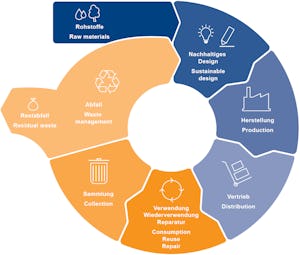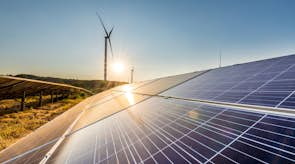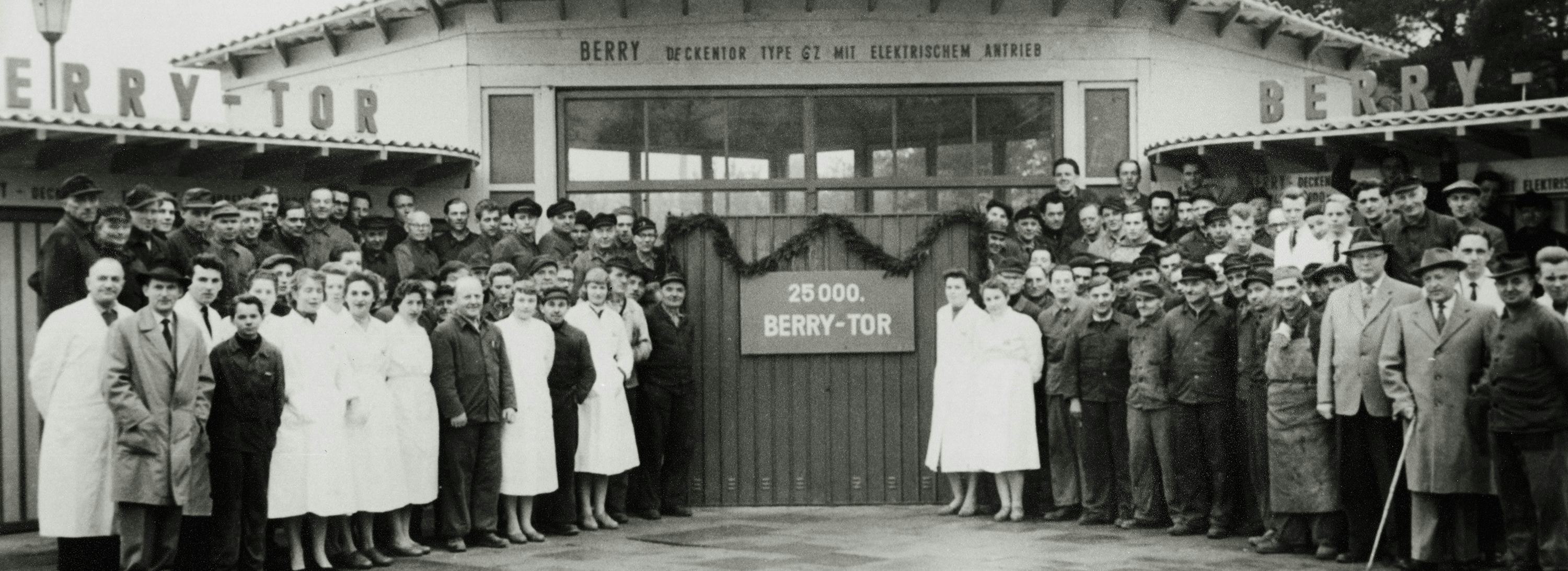Reduce – Lower energy consumption, conserve resources

We are continuously working to reduce CO₂ emissions. That is why we consistently base our developments and decisions on the principles of the circular economy. All our production plants are familiar with these guidelines and actively implement them – for example, through the following measures:
- Recycling of sections
- Repairable garage door operators
- Environmentally friendly and recyclable packaging
- Heat from our own wood chips
- Second life for mineral wool offcuts
By sourcing renewable energies and continuously improving energy efficiency, we have already achieved the zero-ton CO₂ target for indirect emissions (Scope 2, Greenhouse Gas Protocol) at almost all of our European sites. Other measures such as recycled paper, CO₂-neutral postal services, and the recycling of transport packaging also save CO₂.
We continue to invest in sustainable solutions and ensure that materials remain in circulation for as long as possible. This protects resources, promotes innovation, and strengthens our competitiveness.

